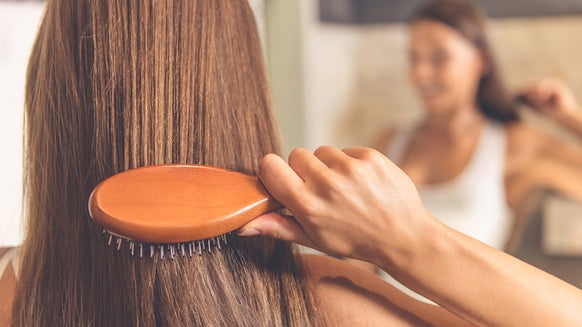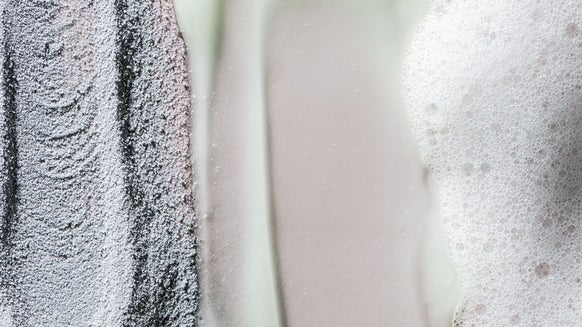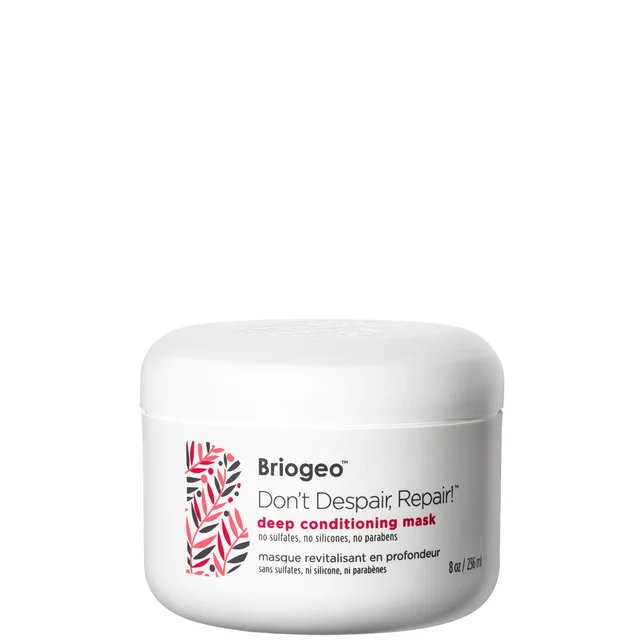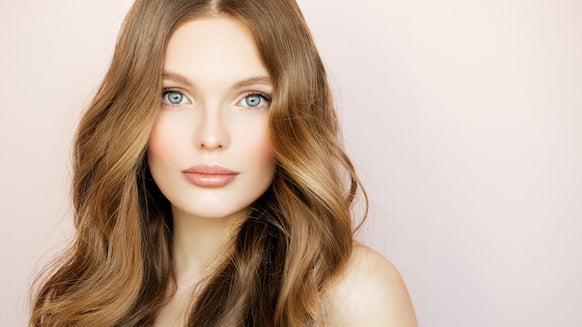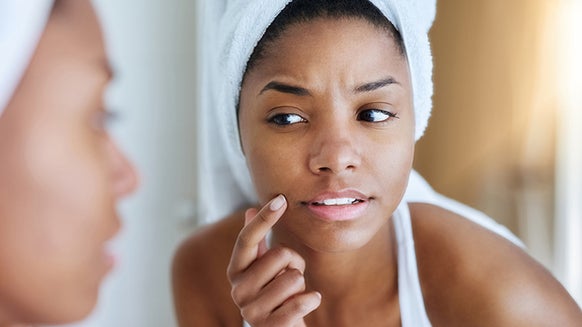Split ends are often unavoidable. No matter how hard we try to avoid them, most of us have no choice. Although it can be a hassle to deal with these finicky ends in between trims, there are ways you can treat them to be less noticeable! We talked to hairstylist Elah Paskowitz of Syrens Hair Parlor in San Clemente, CA to get all the tips and tricks to treat and prevent these bad boys.What Causes Split Ends?
Split ends are caused for many reasons. From hair coloring and chemical treatments to everyday environmental stress, your hair endures a lot, and split ends can be a sign that your hair needs a break. "The most common causes for split ends are dryness from overwashing, overprocessing, too much of the wrong product or not enough of the right product," says Paskowitz. "Environmental stress plays a huge factor in your hair health with contributions from dry climates and the sun. Heating tools wreak havoc on your hair. Blow dryers especially cause damage by blowing out the cuticle forcing it to split."How to Tell If You Have Split Ends
"It's easy to tell if you have split ends: they will be dry and brittle, resembling a tree branch." When analyzing your hair for split ends, take a look at the ends directly and see if you have any hairs that look "split." Although split "ends" are the most common form of this type of damage, Paskowitz notes that “they can also split mid-shaft."The Most Effective Ways to Treat or Get Rid of Split Ends
1. Get a Trim
The most obvious effective way to get rid of your split ends is to get a trim. "Although it may be a tedious process heading into the salon every few weeks, cutting off your split ends is essential to maintain hair health."2. Use a Serum
A high-quality serum is the way to go to make dry, split ends appear smooth and clean. "Applying this product after you shower will seal the cuticle and give your ends a temporary smooth look," says Paskowitz.3. Apply a Conditioning Mask
Keeping your hair hydrated is of the utmost importance when treating split ends. "Invest in a great hair mask and use it twice a week to lock in moisture."4. Add in Essential Oils
"Adding essential oils to your shampoo or conditioner is an excellent way to boost hair health," suggests Paskowitz, who encourages adding lavender, tea tree or rosemary oil to your hair products. You can also use coconut oil and vitamin E oil for a DIY hair mask.5. Get an Olaplex Treatment
Olaplex is a popular add-on hair treatment that helps strengthen and rebuild the hair cuticle, both preventing and repairing damage. "The treatment is a three-step process that your hairstylist can provide for you. It works great and helps with overall hair health, especially on color-treated hair."How to Prevent Split Ends
There are many steps you can take to prevent split ends and make your cut last longer. Here are four tips, provided by Paskowitz.1. Limit Your Hair Washing
"Cut down your hair washes to two or three times per week," Paskowitz suggests. "If you think this is impossible because your hair gets too greasy, then it's time to retrain your natural balance of oils." If you shampoo every day or every other day, Paskowitz notes, "your hair is prone to getting greasy quicker because your hair doesn't have enough time to naturally restore the oils it needs to stay healthy." When cutting back on washing your hair, give it two or three weeks to "retrain" the oil cycle in your scalp.
2. Get Regular Haircuts
Paskowitz also suggests getting regular haircuts; "this keeps it fresh, healthy and thicker and promotes hair growth," she says. 3. Brush Your Scalp
You can also brush your scalp. "Brushing your scalp is also great for your hair, as it stimulates blood flow, which will help growth and gets those natural oils into your hair," says Paskowitz.4. Use High-Quality Hair Products
Last but not least, using high-quality products is a must especially on color-treated hair. "I can't stress this enough!" says Paskowitz. "Always use a leave-in smoother or serum after you wash to keep your hair hydrated. Talk to your hairstylist to see which products work best for your hair type."Related Reading: How to Care for Your Hair Texture Type

